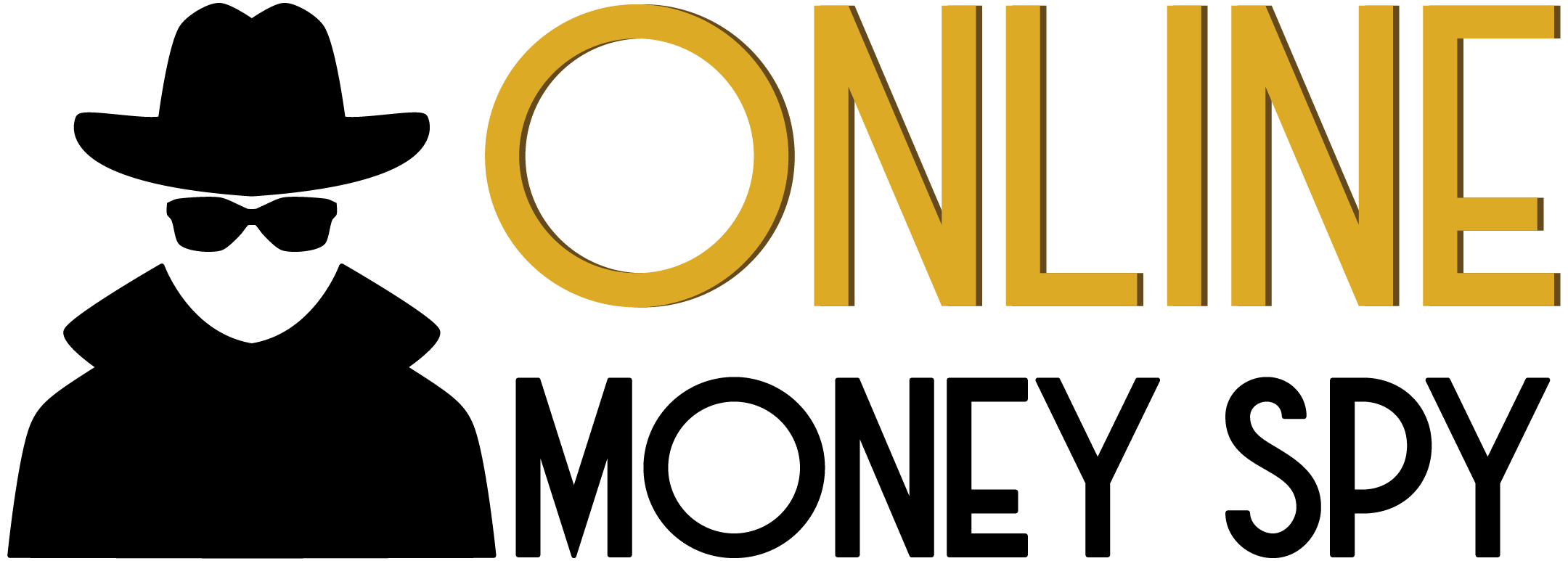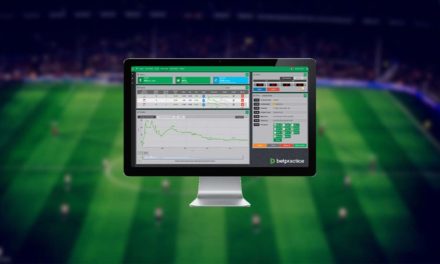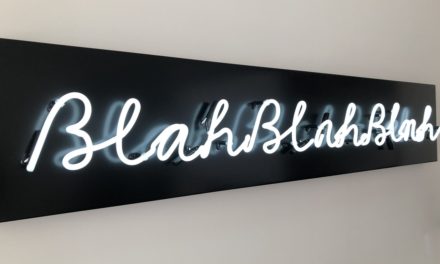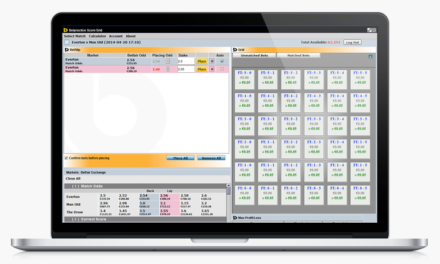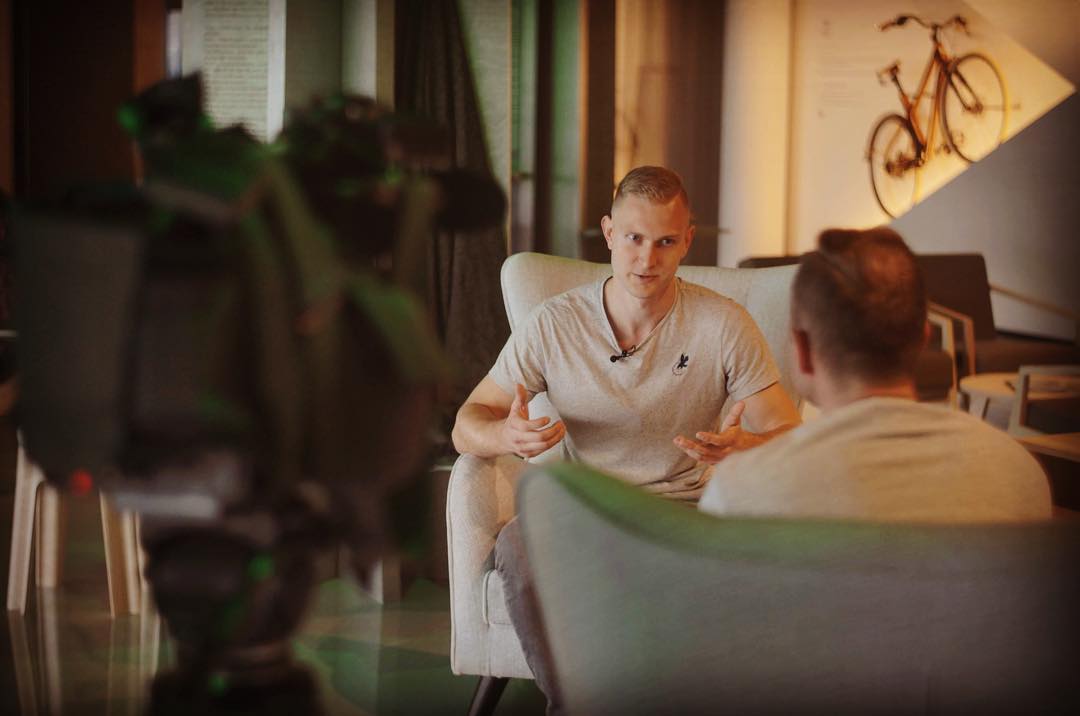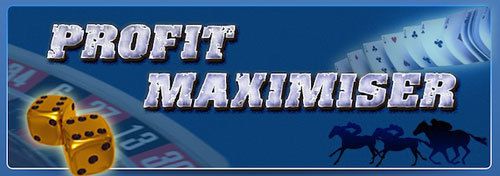In 1959 a scientist called Leon Festinger devised an experiment to illustrate his cognitive dissonance theory. In this experiment he devised an extremely boring set of tasks which involved things like turning sets of featureless plastic blocks a quarter turn to the right and putting spools of tape into boxes and then removing them again; the tasks took 2 hours to complete and were mind numbing.
One group was given no incentive for the task, another was given $1 and the last group were given $20 for completing the task.
Each group was asked to rate the tasks, in particular they were asked how enjoyable the tasks were, how scientifically important they were and if they would participate in a similar experiment.
So the poor suckers who were given $1 on one hand felt hard done by, given a dollar to sit there for 2 hours completing mind numbing tasks, but rather than feel annoyed about it, they were fine and in fact reported that they’d enjoyed the tasks.
Whereas the ones given $20 reported back that on the whole it was dull and unstimulating.
The reason being that in the minds of the group given $1 they had to contest with on one hand, being given a paltry sum of money and on the other hand doing something boring.
Rather than admit to themselves that they were doing a boring task for such a paltry sum, their subconsciousness came up with the story that they must of enjoyed it.
But the ones who were given the $20 expected the task to be dull, hence they were given such a large sum of money, so their expectations were initially low and that was reflected in their answers.
This illustrated Festinger’s cognitive dissonance theory which stated that;
When a person’s projected outcome does not match the real-world outcome a cognitive dissonance occurs, ergo the brain makes up stories that are clearly not true in order to achieve balance and make the person feel better.
Note: I have basically summed up the experiment and theory here, taking just the points relevant to trading; if after reading this article, you’re interested in reading about the whole experiment, you can do so here; Cognitive Dissonance Experiment.
Cognitive Dissonance In Relation To Sports Trading
So how does this half a century old experiment help us when it comes to trading sports on Betfair?
Being aware of cognitive dissonance and its effects on our decision making can help us understand how we may sometimes be unwittingly engaging in self-sabotage whilst trading on Betfair and unless you’re a masochist, self-sabotage is something to be avoided at all costs. At best it will diminish your profits and at worst will cause, confusion and distress, whilst losing you money on a regular basis.
There are enough things out there that can cause us to lose money whilst trading, but our own brains represent the most powerful of those causes, so if we get to know our minds, then we have a chance to eliminate self-sabotage and go on to become trading Vulcans, devoid of knee-jerk, emotional responses; this is the point of Zen Trading.
Let’s take a look at a typical example of the type of cognitive dissonance that can happen whilst trading; if you’ve been sports trading on Betfair for any amount of time, then these scenarios will no doubt sound very familiar to you.
The Late Spot Scenario
Its Wimbledon fortnight and John turn’s on the TV to see that Novak Djokovic, the number one player in the world is playing a young, up and coming player who John has never heard of.
Djokovic is a set down and 3-1 down in the 2nd set and he is making a string of unforced errors, whilst his opponent looks really up for it, add to that, Djokovic keeps slipping over as he attempts his trademark impossible lunges to return seemingly lost cause balls.
John sees that the odds on Betfair for Djokovic to win the match are still an incredibly low 1.4, John jumps on this believing that he is getting great value for an upset that is happening in front of his eyes.
At 4-1 down Djokovic’s coach is allowed onto the court to administer a massage after another Djokovic slip, during this unscheduled break Djokovic changes his shirt, racquet and shoes.
They get back on court and Djokovic breaks his opponent’s serve then going on to win his own serve to love and suddenly it is 4-3. He then goes on to break serve again and win’s his own serve to 15.
Within 10 minutes of the unscheduled stop he is breaking his opponent’s serve to love to take the second set; crucially he has cut out his earlier unforced errors and has stopped slipping.
Now when I put it like that, you’re probably thinking;
“In that scenario I would take the hint and I would back out of my bet as it’s clear that Djokovic has recovered from his earlier yips.”
However cognitive dissonance has reared its ugly head inside John’s mind, John has already ‘won’ the bet in his head, he was sure he was watching an upset happen right in front of his eyes, so much so that he whacked a load of money on it.
Now that the real-world outcome is not matching John’s projected outcome a feeling of discomfort is instilled in his mind, so the brain reacting to the stress hormones now pumping through John’s body feed him little stories along the lines of;
“It’s fine, he’s just rallied a little, but this is clearly an upset happening and I’m sure this guy will bounce back.”
It is 4-0 to Djokovic in the third set and John feels even more discomfort as he realises that he’s going to have to take around a 90% loss on his original liability, causing more cognitive dissonance and the subsequent balancing of this dissonance with thoughts like;
“It’s not worth cashing out now, this guy looks good, he’ll get his serve going again and pull back the next set and that will allow me to cash out for some profit.”
It isn’t until Djokovic is 5-1 up and serving for the match that John finally admits to himself that he made a mistake laying Djokovic the odds have escalated way beyond the point that he can salvage anything from the match so he turns the TV and his computer off in disgust.
The Claw Back Scenario
Three days later John decides he’s going to try and recoup the £100 he lost on the tennis and stick to his favourite football market under 2.5 goals. He spots that Leicester and Burnley, two of the promoted teams to the Premiership are struggling to score, whilst keeping a fairly tight defence.
He logs on before the game and sticks £200 on under 2.5 goals at 1.75, the low odds confirm in his mind that he’s right and envisages making at least £100 and maybe more.
The game starts at a lively pace, in the first ten minutes both teams are going for it and there are plenty of shots from both sides, though none of them are anywhere near either target. Everything looks like there’s going to be a goal any minute, so rather than lose his trading opportunity, John trade’s out for a £13.50 green book.
He carries on watching the game and it is not until 70 minutes has gone by and there still haven’t been any goals that he realises he traded out far too early and that he should have stuck to his original plan.
Dealing With Cognitive Dissonance
The type of self-sabotage I illustrated in the two above examples is something that happens time and time again on Betfair in many different scenarios and is a big reason, if not the number one reason why people don’t make money on Betfair.
So the questions are;
What just happened?
And
How can I avoid this happening to me?
The What
If you have committed to something and you see that thing going wrong, the discomfort comes from the fact that your brain is going through a series of automatic responses each of which are releasing hormones and chemicals in you that are associated with anxiety and stress.
These stress hormones and chemicals will lead to your brain coming up with the best response it can, given that it doesn’t have any rational input, the responses are irrational and unfounded in any reality.
Stories like;
“It’s fine, he’s still struggling, his time is up, he hasn’t looked as good as he looked last year.”
Or
“Shit, it really looks like there’s going to be a goal, I should protect my green and get out now.”
Or
“Teams come back from these sorts of positions all the time.”
Or any one of the myriad of silly stories we are prone to telling ourselves whilst panicking mid trade.
The How
Your brain simply wants to achieve a state of balance and calm, this can be achieved consciously with a mild form of self-hypnosis, which surely is better than the fantasy of the subconscious solution!
The balancing effect is the brain’s subconscious response, a kind of neural antidote to the impending anxiety brought on by cognitive dissonance. The good news is once we’re aware of this automatic response; we can apply a manual override and take conscious control over our decision making.
First of all we have to prepare ourselves for things going wrong and things going right, the reason we do that is because cognitive dissonance occurs when the real-world outcome, doesn’t match our preconceived notion of what should happen.
So if we give ourselves two opposing outcomes of what could happen, then there’s no dissonance as there is no surprise, if there is no surprise, there are no (or at least a lot less) stress hormones, therefore no irrational stories popping up in our heads, we have successfully overridden our cognitive dissonance.
Achieving Balance
So, in the first scenario where John is watching Novak Djokovic lose to a rank outsider, before placing his trade, John should have said to himself;
“Djokovic has lost the first set and that’s a shame as I could have made money on the lay if I’d caught it at the start. The opportunity isn’t as good now; however he still seems to be struggling.
He is number one in the world though, so he’s capable of coming back, but he is losing and his odds don’t represent that. I’ll lay him for now and if he loses this next set then I can back him for a handsome profit, but if he breaks this guy’s serve and start’s to look sharp, then I’ll back out immediately and favour the Djokovic comeback instead.”
By examining two possible opposing outcomes, one positive and one negative, John has hit the manual override because when he later see’s that Djokovic is playing better after changing his shirt, racquet and trainers. Also that he’s no longer slipping over or hitting unforced errors, John would be much more likely to come to this conclusion;
“Djokovic is no longer making unforced errors, he looks confident and he’s broken the other guy’s serve, he should come back to win this set and therefore the match. Now is the time to get on Djokovic.”
The same goes for the second scenario whereby John can only see doom and gloom as the ball pings about at the start of the match. If before the match he says to himself;
“These two have had awful goal scoring and pretty tight defences, losing by the odd goal or drawing, the fact that they’re close to each other will mean that they’ll be going for it as this will be one of those winnable games both managers would have spoken of.
So I’ll lessen my liability with a series of half-backs at the start, but once I’m on zero liability I’ll let it ride.
It might start a bit franticly and there may well be a goal, if the goal comes in the first 10 minutes, I’ll back out for a small loss and re-enter the market if there hasn’t been a second goal by 50 minutes. That way I can cut my losses or get on about the same odds if the goal turns out to be a freak one.”
Now when the match starts and the ball starts flying all over the place, it is much more likely that John’s thinking would be more along the lines of;
“Well they may be shooting all over the place, but none of these shots are on target or within 25 yards, I’ll stick to my original plan, until there’s a goal I’m not in a bad position and even if there is I have a contingency for that.”
Note: This technique of giving yourself two possible outcomes will work in real life, non trading situations, if you imagine yourself talking to that hot girl you see every morning at the café and her having a positive and negative reaction to your approach, you won’t feel so anxious about talking to her and you’re much more likely to carry it through.
Conclusion
So remember if you don’t have a clear plan for what you will do if things are going right and if things are going wrong, then you leave yourself open to your primitive instincts which almost always cause you to do the wrong thing when trading.
Trading is something we haven’t evolved to do, therefore our instincts have not evolved to react to the ups and downs of trading sports therefore we have to use our intellect and our rationale to override these instincts.
We do this by having a clearly thought out strategy, which includes how we are going to exit the market whether our trade is going well or whether it is going badly. If we do that, we are much more likely to trade without the burden of emotion and that will ultimately lead us to Betfair profits.
